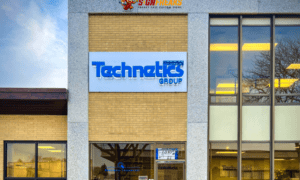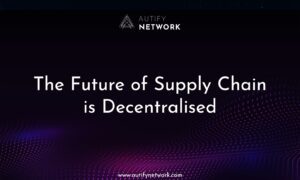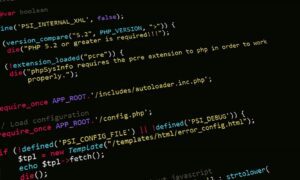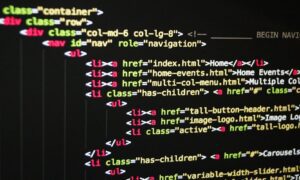The Internet’s infrastructure, despite facilitating the communication and storage of the largest repository of information in history, is largely built on protocols that date to before the turn of the century. As we progress towards next-generation advances in connectivity, such as 5G, some of the cracks in the performance capacity of the internet are exposing themselves.
For example, centralized ISPs and content delivery providers are typically the only options to appeal to when network performance lags and latency increases. All that enterprises and users can do in such instances is complain, like when Cloudflare’s outage severed internet access around the world.
Additionally, routers using “Internet Transit” protocols often blindly forward data packets, focusing on exchanging data without respect for the robustness or quality of the connectivity.
As a result, efforts to revamp the pathways that internet traffic take are underway, and reveal some promising advances for internet users of all types.
Cloud Service Internet Variability
Focusing on the internet connectivity offered by major cloud service providers like Amazon, Google, and Microsoft, we can begin to see where some of the cracks in these “premium services” appear.
According to a study by William B. Norton, co-founder of NOIA Network, which spun up 23 geographically distributed virtual machines to test the performance of major cloud providers:
“My packets were traveling along a nice short MPLS path using physical links that were 40% utilized. Then, some physical link in the cloud’s network hit some threshold, say 60% utilized, and my traffic was shifted to a lesser-used but higher latency path. Eventually, the physical network link utilization would dip back below some threshold, and I had my low latency path again. And back and forth and so on.”
Norton, who is a leading pioneer on Internet peering, highlighted how MPLS auto-optimization by the cloud networks was hurting its overall performance, accounting for latencies that deviated from the median latency by more than 20 percent.
“My data suggests that the clouds are not delivering the flawless Internet access I would have expected,” detailed Norton. “The other observation, to somewhat shoot my own argument in the foot, is that perhaps consistent network latency is not available on the Internet either.”
Norton’s conclusions are representative of a broader push by developers and peering experts to improve the internet’s infrastructure. Specifically, by fostering marketplaces for computational and networking resource allocation, distributing infrastructure, and fueling public segment routing networks.
A Public Segment Routing System
Norton’s role as an early internet peering pioneer has led him to co-found NOIA Network, an emerging startup building the “Programmable Internet” backbone. Their project relies on a blockchain-based infrastructure layered over with a blend of IPv6 and Segment Routing — a method for iterating through alternative pathways of connectivity that bypass bottlenecks of network congestion commonly experienced by BGP.
Norton and Jonas Simanavicius co-authored and recently released the official NOIA Network whitepaper, explicitly detailing their vision for revamping internet routing and using Segment Routing WAN (SR-WAN) underscored by a blockchain-based marketplace of resource providers.
At a high level, the paper focuses on creating an Internet sharing economy for resources at the “Internet Transit” level. Concurrently, it defines the dynamics of its NOIA token ecosystem that serves as the incentive structure for the alternative internet routing system.
“This ‘sharing economy’ model enables connectivity for partially isolated users to leverage the better connectivity of other users,” details the paper. “Network traffic is relayed through a path of participating segment routers.”
The consequences of such a system are an automated recourse that circumvents outages, endemic latency problems, and other performance degradations. Bolstering connectivity can also lead to increased internet access in remote areas, and better returns on performance for high cloud computing costs.
NOIA’s push is part of a broader bid to leverage blockchain as an architectural boon for alleviating problems that enterprises using cloud services face on a regular basis. Other efforts, like Marconi, seek to restructure lower layers of the internet’s core protocols (i.e., Ethernet), and some (i.e., IPFS) are rapidly gaining momentum as vast open-source, community-driven projects.
However, the convoluted nature of the internet’s modular architecture makes such advances naturally gradual, as opposed to immediate replacements for the current archetype. And while the internet has its place in technological history etched in stone, it requires maintenance and improvements to keep pace with the rapid acceleration of business demands in the 21st century.
Many of the internet’s underlying protocols may be outdated today, but initiatives like NOIA Network are moving to quickly relegate such notions to the past.



















































